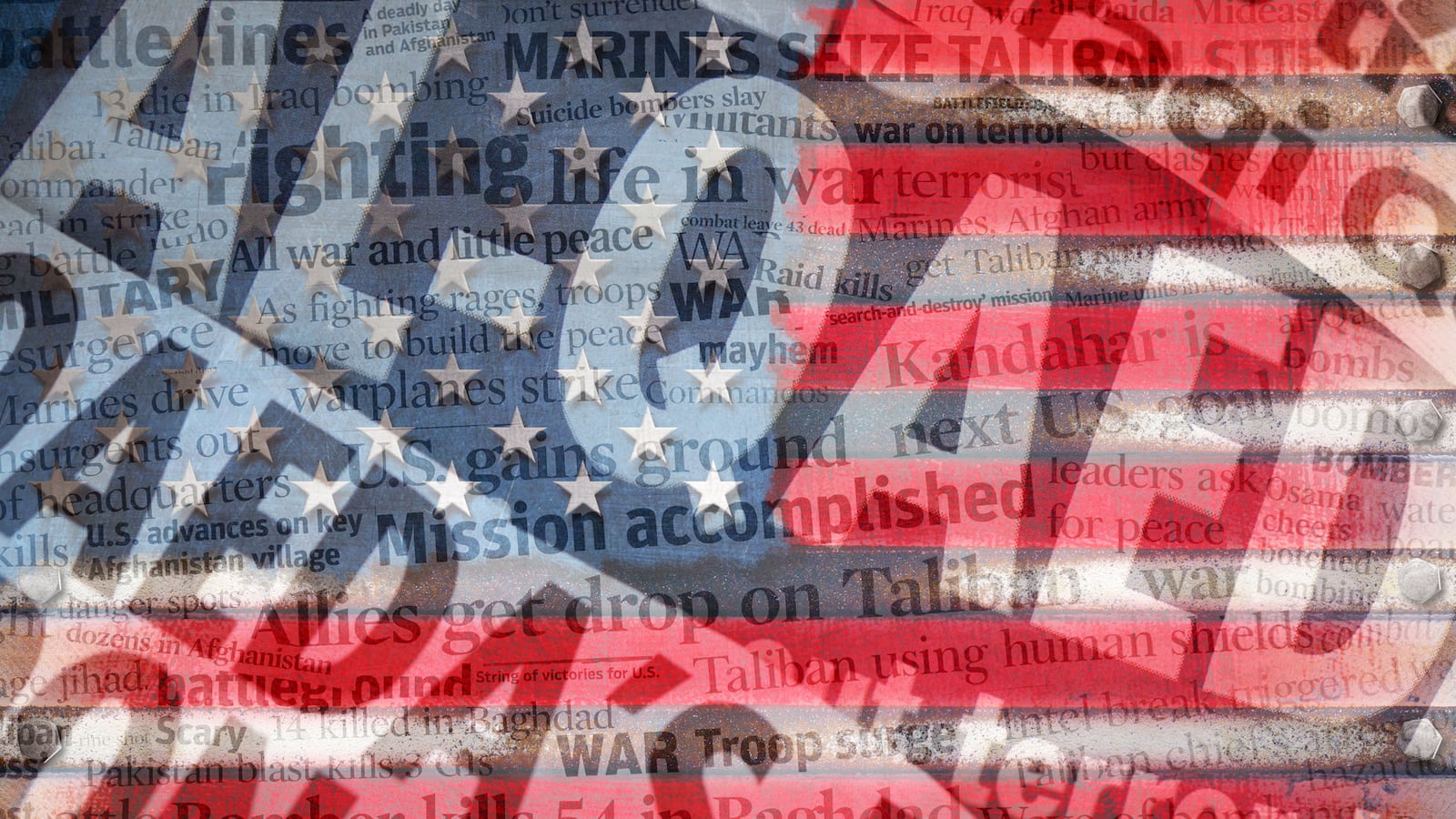On Sept. 10, 2001, the United States had been preparing for years for nuclear, biological, or chemical weapon terrorism. Billions of dollars had been spent around the country to meet those challenges in one way or another. And, then, what weapons actually were used to bring down the World Trade Center and blast into the Pentagon? Box cutters.
At the time, we knew that the terrorists of al Qaeda had evil intent against the United States, and already they had done many evil things to Americans. Years before they had declared war on “crusaders and Jews.” The CIA had even sent a memo to President George W. Bush about the general threat these terrorists presented inside the United States. But as of Sept. 10, our intelligence agencies knew of no specific menace to the homeland. That didn’t mean there wasn’t one. Just that we didn’t know.
On Sept. 10, 2014, I listened to the head of Homeland Security tell his elite listeners at the Council on Foreign Relations: “At present, we have no credible information that ISIL is planning to attack the homeland of the United States.” Right. That sounded familiar.
His remarks were echoed again a few hours later by President Barack Obama: “While we have not yet detected specific plotting against our homeland, ISIL leaders have threatened America and our allies.” No kidding. And to drive that point home to all of us, they decapitated two American journalists.
Now Obama promises to “degrade and destroy” the self-declared Islamic State (or ISIL, or ISIS). But the United States has been claiming victory in its wars on terrorists for more than a dozen years now, and while old groups have been decimated, new ones have multiplied. After all the billions spent and all the blood spilled, how can that be?
The 9/11 Commission Report concluded that the attacks in 2001 “revealed four kinds of failures: in imagination, policy, capabilities, and management,” and imagination was first on the list for a reason. The Clinton and Bush administrations could not imagine that a devastating surprise attack on American soil could be carried off by an enemy that wasn’t a nation-state and killers who didn’t even carry guns.
Earlier this year, the Obama administration could not imagine that a group mostly defeated in Iraq could relocate to war-torn Syria, regroup, conquer swaths of territory there in a matter of months, then swoop back into Iraq to seize Mosul, the second-largest city in the country. With it came the big American-supplied arsenal there, abandoned when the garrison fled.
In the near-panic since then, the Obama administration, goaded by congressional hysteria, has been slipping deeper and deeper into the mire of a new Middle Eastern war.
Yet almost any expert who has studied the thinking and the operations of ISIS can tell you we continue to fail when it comes to understanding the enemy, and the failure is not only intellectual and emotional, it is systemic.
There is a tendency to think that they think like us, or, more to the point, that these organizations operate in some fashion similar to the vast bureaucracy of military and security forces we deploy against them. They do not.
To use a relatively benign example, they are to the Pentagon what Silicon Valley startups were to Eastman Kodak. While the big, rich organization thinks it can conduct business as usual, the smaller, more nimble and—yes—more imaginative ones eat it for breakfast. The Department of Homeland Security run by Secretary Jeh Johnson has 240,000 employees from what were 22 different government departments. And to make things worse, more than 100 congressional committees are peering over Johnson’s shoulder. ISIS has perhaps 5 percent as many people as that one federal bureaucracy and is accountable to no one. In geopolitical terms, terrorists are the ultimate disrupters.
“That’s why Western rational approaches to counterterrorism do not work,” says Dawn Perlmutter, an expert on symbols and their forensic significance. “The West applies reason and logic to true believers who have no fear and have an abundance of imagination.” Because primal violence is justified by religious belief, “the offenders have no remorse, no fear, and are extremely confident.”
University of Michigan anthropologist Scott Atran, who frequently briefs the Pentagon on terrorist movements, marvels at the military’s rigid approach to the problem it defines as “transnational violent extremism.” The central concepts are “strategic planning” focused on a “cost imposing” strategy, which is to say, lessening costs on the American side and making them unbearable on the enemy side.
Unfortunately, says Atran, when it came to fighting al Qaeda, the “cost imposition” approach backfired badly, and the results were the opposite of those intended. “We end up imposing unsustainable costs on ourselves,” says Atran: Trillions of dollars in Iraq, Afghanistan, and elsewhere in response to an terrorist attack [9/11] that cost less than $500,000 to mount—and we are compelled to withdraw without achieving any sustainable results. On the contrary, we now have the Pakistani Taliban, who are far more dangerous that the original Afghan Taliban, and we have ISIS, which today has more funds, personnel, and broader appeal than al Qaeda.”
The group originally known as al Qaeda in Mesopotamia, which evolved into ISIS and now Islamic State or the Caliphate, has proved especially resilient. During the American-led surge in Iraq in 2006 and 2007, the organization bore huge casualties. But detailed research into documents captured from the group shows it had a well-defined structure that enable it to survive despite enormous losses. “It could not do much when it was in survival mode, but if did survive,” says Princeton Professor Jacob Shapiro. “The implication for dealing with the Islamic State is that we should not expect it to be destroyed for a long time. Even if there is a successful coordinated effort against it, the group will likely remain capable of conducting terrorist acts in Iraq and Syria for the foreseeable future.”
And so, hard as it is to imagine, another twilight war begins.






